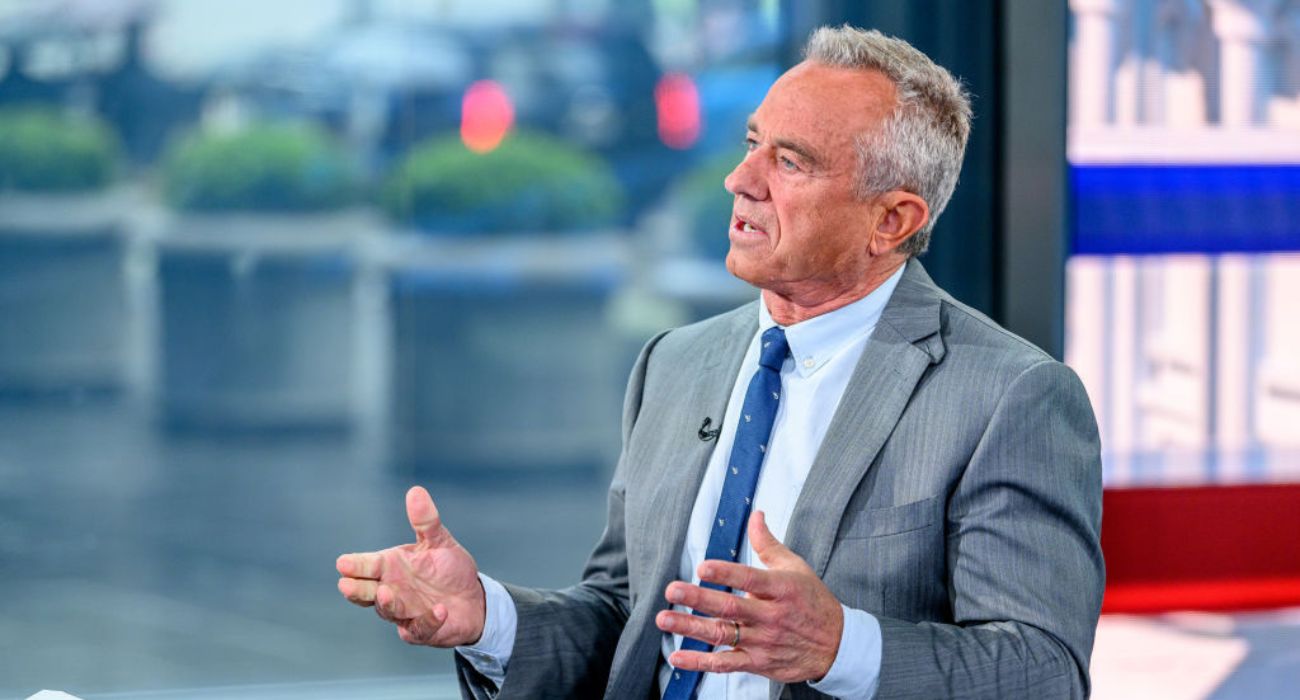After 17 days in orbit, the first all-private crew to explore the International Space Station returned to Earth on April 25. Four Axiom Space AX-1 members were safely retrieved from the SpaceX Crew Dragon capsule, which splashed down off the coast of Jacksonville, Florida, at about 1:06 p.m. local time.
Infrared cameras followed the spacecraft’s plunge through the atmosphere before slowing down with a sequence of parachutes and landing in the Atlantic Ocean. Spotting boats circled the capsule in reasonably calm waters as they waited for larger rescue crafts to arrive and retrieve the passengers from the capsule.
This expedition marks the first time a SpaceX Crew Dragon has flown to the International Space Station (ISS) on a commercial flight with mostly civilian astronauts. Michael López-Alegría, a former NASA astronaut-turned-Axiom employee and the only formally-trained astronaut aboard, led the mission.
Other fliers included American pilot and explorer Larry Connor, Israeli investor and veteran fighter pilot Eytan Stibbe, and Canadian entrepreneur and CEO Mark Pathy.
Connor reported the spacecraft was stable, and he thanked the mission crew for their “great job and amazing mission.”
As an Axiom VP and former astronaut, López-Alegra traveled as a company representative, but Connor, Pathy, and Stibbe had to pay for their seats. The mission was made possible by close coordination between Axiom, SpaceX, and NASA.
The three passengers reportedly paid $55 million each for their seats on the spacecraft. Axiom passengers are required to complete an extensive 750 to 1,000-hour training course before taking flight, according to New Scientist.
On April 8, the quartet lifted off from Florida’s Kennedy Space Center. The original flight plan called for ten days in orbit, including eight days on the International Space Station (ISS). However, bad weather off the coast delayed the team’s return to Florida. The four-person group ultimately spent 16 of the 17 days of their space trip on the ISS.
Unlike “space tourists” who have previously visited the space station escorted by Russian cosmonauts, the AX-1 team was put to work. The four carried out multiple biomedical experiments, technology demonstrations, and public outreach initiatives, mirroring the work future NASA-sanctioned commercial crews will carry out aboard the space station.
While aboard the ISS, the Axiom team spent about 14 hours performing regimented work activities for the first 12 days. However, bad weather extended their trip, and the men had extra time to enjoy the view.
Axiom Space Inc. is a privately-funded space infrastructure development company headquartered in Houston, Texas. The leadership team is primarily composed of former NASA employees.
Beginning in 2024, the company plans to deploy its space station modules. The Axiom Station will become a free-flying commercial space station in 2031 when the ISS is decommissioned. In the meantime, Axiom plans to send missions to the ISS twice a year.
According to FAA rules, the three paying passengers on the Axiom AX-1 mission technically are not considered astronauts since they are not employed by the company performing the launch. However, they each received the “Universal Astronaut Insignia,” a gold pin designed by the Association of Space Explorers.






